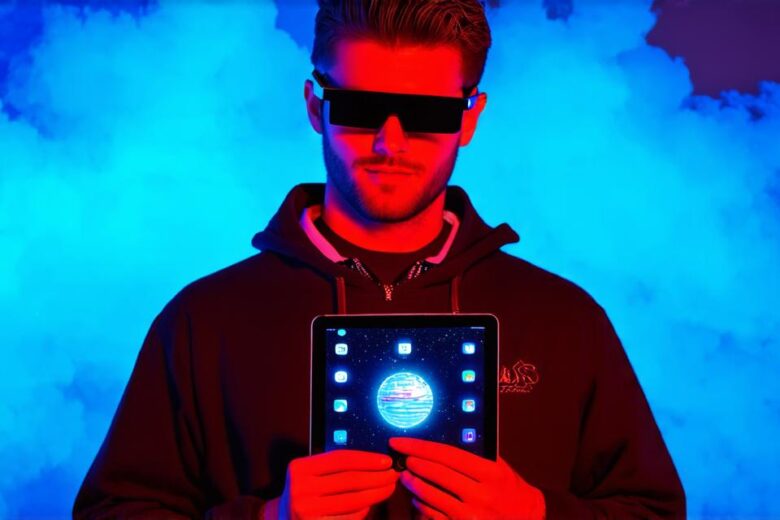How to Design Augmented Reality Clothing: A Step-by-Step Guide
Are you interested in creating augmented reality (AR) clothing? This cutting-edge technology allows users to visualize and interact with digital elements on top of real-world clothing. With AR clothing, users can customize their wardrobe with virtual designs and patterns, making it a popular choice among tech-savvy consumers.
In this article, we will guide you through the process of designing AR clothing, from ideation to implementation. We will also discuss the key considerations, such as user experience, design principles, and best practices for AR development.
Ideation: Brainstorming and Conceptualization
The first step in designing AR clothing is to brainstorm ideas for the virtual designs and patterns that users can apply to their real-world clothing. This process involves thinking about the latest fashion trends, popular colors, and unique design elements that can be brought to life with AR technology.
To get started, we recommend creating a mood board or Pinterest board of inspirational images related to your desired theme. This will help you visualize and organize your ideas, making it easier to develop concepts and prototypes later on.
Prototyping: Creating Virtual Samples of AR Clothing
Once you have a clear idea of the design elements and patterns that you want to include in your AR clothing, it’s time to create virtual samples. There are several tools available for this purpose, such as Unity, Unreal Engine, and ARKit. These platforms allow you to create 3D models of your designs and integrate them with AR technology.
When prototyping your AR clothing, it’s important to consider the user experience. For example, you want to ensure that users can easily apply the virtual designs to their real-world clothing without any confusion or frustration. You should also test your prototype with real users to gather feedback and make necessary adjustments.
Implementation: Integrating AR Technology into Clothing
Once you have finalized your design concepts and created a functional prototype, it’s time to integrate the AR technology into the clothing itself. There are several methods for this, including sewing sensors or using smart fabric that can detect and respond to AR signals.

When implementing AR technology into clothing, it’s important to consider the potential impact on wearability and comfort. For example, if you use sensors that are too bulky or require a lot of power, they could cause discomfort or even damage to the clothing. You should also test your implementation with real users to ensure that it is functional and comfortable for everyday wear.
Best Practices for AR Clothing Design
When designing AR clothing, there are several best practices that you should follow to ensure a positive user experience. These include:
- Keeping the design simple and intuitive: Users should be able to easily apply and remove virtual designs without any confusion or frustration.
- Using high-quality visuals: The virtual designs and patterns should be of high quality, with clear and vibrant colors that are easy on the eyes.
- Considering lighting and environment: AR clothing may look different in different lighting conditions and environments, so it’s important to test your design under a variety of circumstances.
- Ensuring compatibility: AR clothing should be compatible with a wide range of devices and operating systems, including smartphones, tablets, and smart glasses.
- Providing clear instructions: Users should be provided with clear instructions on how to apply and remove virtual designs, as well as any other features or functions of the AR clothing.
Real-Life Examples of AR Clothing Design
There are several examples of successful AR clothing designs that you can learn from. One such example is the AR dress designed by artist Michael Hansmeyer, which uses a combination of projection mapping and wearable sensors to create a stunning visual effect. Another example is the Nike HyperFresh AR sneakers, which use AR technology to enhance the overall look and feel of the shoes.
